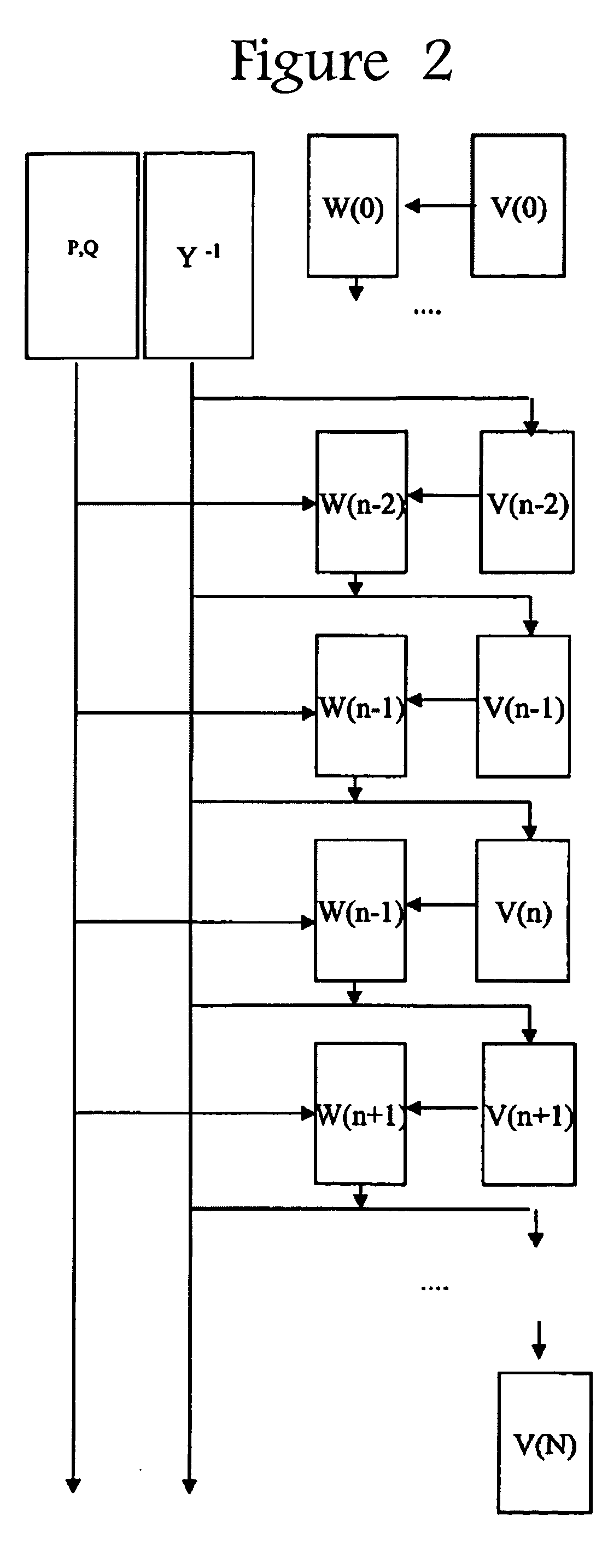System and method for monitoring and managing electrical power transmission and distribution networks
a technology for electrical power transmission and distribution networks, applied in the direction of mechanical power/torque control, level control, material dimension control, etc., can solve the problems of reducing the reliability of transmission and distribution systems worldwide to their limits of reliable operation, and the effect of increasing the probability of transmission congestion
- Summary
- Abstract
- Description
- Claims
- Application Information
AI Technical Summary
Benefits of technology
Problems solved by technology
Method used
Image
Examples
Embodiment Construction
[0055] To illustrate the well-known fact of the ill condition of the existing state of the art methodology in the vicinity of voltage collapse, we will use a very simple example of a very small network with final quadratic load flow equations (exact solutions are easily computed).
[0056] The general load flow problem has at least one swing node and a set of nodes (generation and / or load). In the very simple minimalist example chosen, we will only have one node as well as the swing node. This swing node does not vary its voltage value no matter how load and topology may vary in the rest of the network. It acts as a large generator or substation capable of providing any power required by the system. Only active power and reactive power are calculated at the swing bus, balancing the sum of both at the rest of the nodes.
[0057] An alternate current in stationary regime satisfies Ohms law with complex values. This is the origin of the complex values (X inductance, V voltage, R reactance)...
PUM
 Login to View More
Login to View More Abstract
Description
Claims
Application Information
 Login to View More
Login to View More - R&D
- Intellectual Property
- Life Sciences
- Materials
- Tech Scout
- Unparalleled Data Quality
- Higher Quality Content
- 60% Fewer Hallucinations
Browse by: Latest US Patents, China's latest patents, Technical Efficacy Thesaurus, Application Domain, Technology Topic, Popular Technical Reports.
© 2025 PatSnap. All rights reserved.Legal|Privacy policy|Modern Slavery Act Transparency Statement|Sitemap|About US| Contact US: help@patsnap.com



